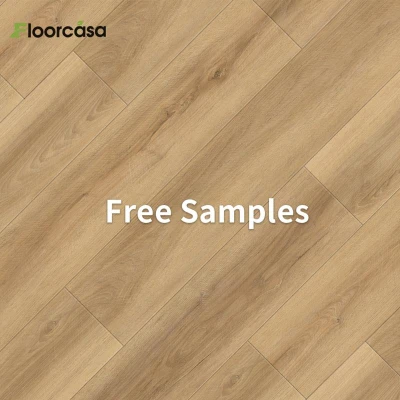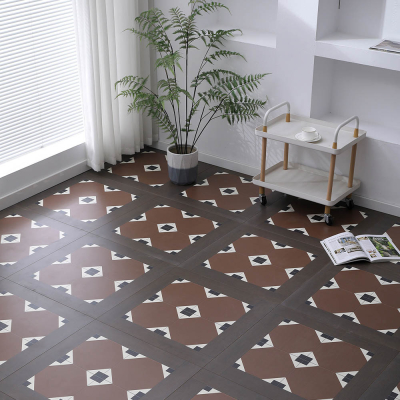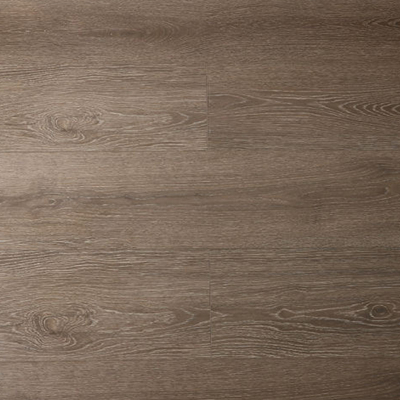SPC Flooring Price
SPC Flooring Price: A Complete Guide to Costs, Standards, and Market Factors
Stone Plastic Composite (SPC) flooring is rapidly becoming the preferred solution in residential, commercial, and industrial environments for its durability, water resistance, and affordability. However, understanding the SPC flooring price requires a deeper look into material components, engineering design, installation costs, and global manufacturing standards.
In this guide, we break down the current SPC flooring pricing structure, explain what factors influence cost, and offer actionable tips to help buyers make data-driven decisions when sourcing from manufacturers or distributors.
Table of Contents
What Is SPC Flooring?
Average SPC Flooring Price Per Square Meter
Factors That Affect SPC Flooring Price
Engineering & Material Composition
Price Comparison by Thickness and Wear Layer
Compliance and International Standards
Installation and Hidden Costs
FAQs About SPC Flooring Pricing
Conclusion and Expert Call to Action
1. What Is SPC Flooring?
SPC (Stone Plastic Composite) flooring is a rigid core vinyl flooring composed of limestone powder, polyvinyl chloride (PVC), and stabilizers. It features:
Durable wear layer (UV-coated)
Decorative printed film (wood or stone look)
Rigid SPC core for stability
Underlayment layer for sound insulation (optional)
Thanks to its waterproof nature and resistance to dents, SPC flooring is ideal for kitchens, bathrooms, basements, and commercial spaces with heavy traffic.
2. Average SPC Flooring Price Per Square Meter (2025)
| Region | Price (USD/m²) | Description |
|---|---|---|
| China (Factory Price) | $5.00 – $9.00 | FOB bulk order |
| USA (Retail) | $15.00 – $25.00 | Installed or boxed retail |
| Europe | €18.00 – €30.00 | VAT included |
| Middle East | $10.00 – $18.00 | With shipping |
| Southeast Asia | $6.00 – $11.00 | Local distribution |
3. Factors That Affect SPC Flooring Price
A. Thickness and Wear Layer
Core Thickness: 3.5mm to 8.0mm
Wear Layer: 0.2mm to 0.7mm
Thicker floors with thicker wear layers are more durable and costly.
B. Surface Finish
Embossed in Register (EIR) adds realism but increases cost
Standard wood grain embossing is more affordable
C. Installation Locking System
Valinge 2G/5G or Unilin Click systems add IP royalties (~$0.20/m²)
Glue-down versions are cheaper but labor-intensive
D. Backing Material
IXPE and cork underlayments add 5–15% to cost
EVA is a more budget-friendly option
E. Order Volume
MOQ discounts apply at >5,000 m² orders
OEM branding adds tooling and packaging cost
4. Engineering & Material Composition
| Layer | Material | Engineering Purpose |
|---|---|---|
| UV Coating | Acrylic Resin | Scratch resistance |
| Wear Layer | TPU / PVC | Anti-wear, foot traffic protection |
| Decor Film | Printed vinyl | Aesthetic design |
| SPC Core | CaCO₃ + PVC | Dimensional stability, rigidity |
| Underlayment | IXPE / EVA / Cork | Acoustic insulation, foot comfort |
5. Price Comparison by Thickness & Quality Level
| Thickness | Wear Layer | Price Range (EXW, USD/m²) | Use Case |
|---|---|---|---|
| 3.5mm | 0.2mm | $4.50 – $6.50 | Budget residential |
| 4.0mm | 0.3mm | $5.50 – $7.50 | Entry-level commercial |
| 5.0mm | 0.5mm | $6.80 – $9.00 | High-traffic commercial |
| 6.5mm (with IXPE) | 0.5mm–0.7mm | $9.50 – $12.00 | Premium/resilient floor |
6. Compliance and International Standards
To ensure flooring safety, longevity, and market approval, check for:
ISO 10582: Resilient floor coverings – specifications for SPC
EN 13501-1: Fire resistance rating (Bfl-S1 or higher recommended)
ISO 140-8 / ISO 717-2: Acoustic insulation compliance
SGS / TÜV Certifications: VOCs, formaldehyde (<0.05 ppm), heavy metals
CE / REACH / FloorScore / DIBt: For European and U.S. market clearance
📦 Export Tip: Many importers require SPC products to be phthalate-free and meet EN 16511 and ISO 9001 manufacturing standards.
7. Installation and Hidden Costs
A. Installation Costs (per m²)
| Country | Avg. Cost | Notes |
|---|---|---|
| U.S. | $4.00 – $7.00 | Click-lock floating |
| UK | £3.00 – £6.00 | Floating + underlayment |
| Australia | AUD 40 – 70 | Includes trim |
| Asia | $1.50 – $3.00 | Labor-intensive |
Trims, skirting, transition bars: +10% of material cost
Adhesive (if glue-down): $0.5 – $1.0/m²
Tools & underlayment: $1.00 – $2.00/m²
C. Shipping Costs
Average 20GP container holds 3,000–4,000 m²
Freight impacts landed cost significantly (20–40% increase for distant markets)
8. Frequently Asked Questions (FAQs)
Q1: Is SPC flooring more expensive than laminate or LVT?
Yes. SPC typically costs 15–25% more than laminate, but offers better durability, waterproofing, and dimensional stability.
Q2: What is the cheapest SPC flooring option that meets international standards?
A 4mm thickness with 0.3mm wear layer and basic EVA backing (~$5.50/m² EXW) balances cost and compliance.
Q3: Does color or texture affect price?
Yes. Custom digital printing or EIR surface textures can add $0.50–$1.00/m² to the base price.
Q4: What’s the minimum order quantity (MOQ) for factory-direct pricing?
Most suppliers require 1,000–3,000 m² per SKU for bulk rates.
Q5: How long does SPC flooring last?
Depending on wear layer and usage, 10–20 years is typical for quality installations.
9. Conclusion and Call to Action
SPC flooring offers an unbeatable balance of durability, water resistance, and aesthetic appeal. Understanding the full **pricing spectrum—from raw materials to certifications and freight—**is essential when sourcing or budgeting.
A smart purchase means going beyond surface-level prices. Prioritize certified suppliers, clarify specifications, and assess lifecycle costs before committing.






